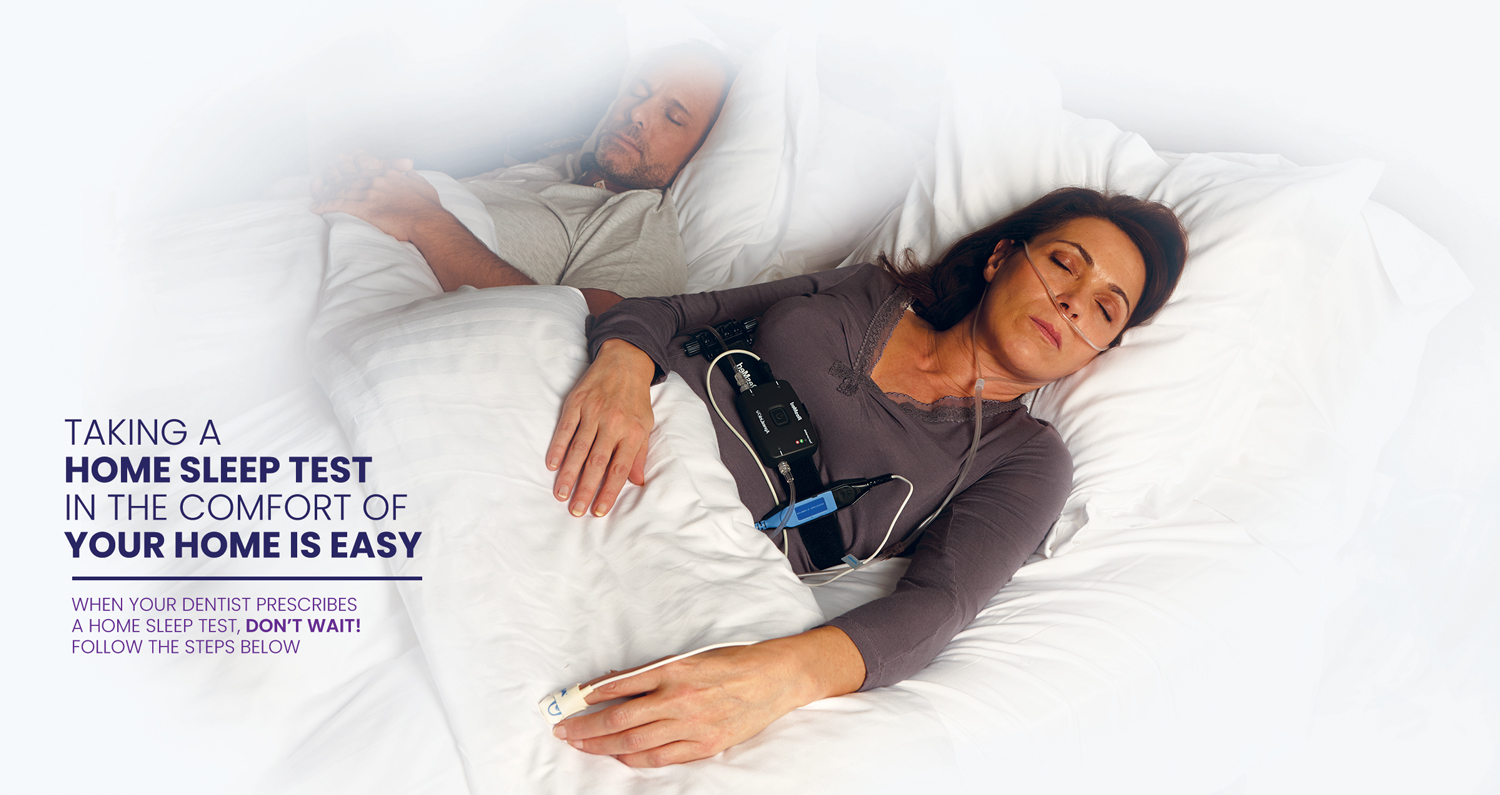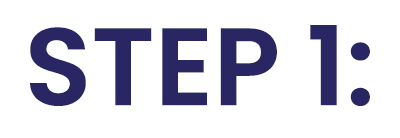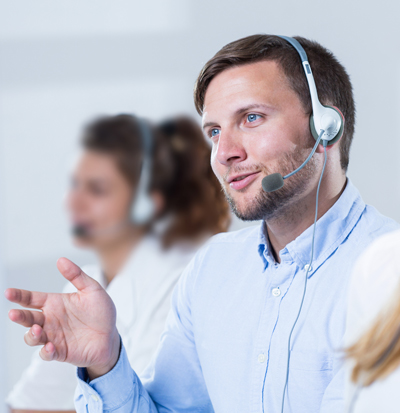

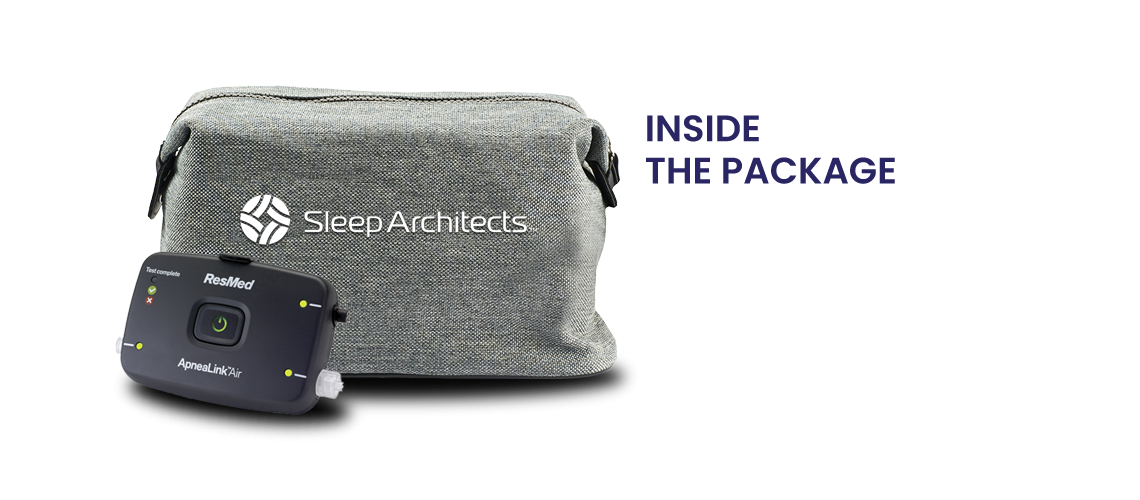
Watch this video on how to use the Home Sleep Test Device.
NOTE:
If you received a different device from us, instructions are included within the box that was shipped to you.
If you did not receive the instructions or need additional assistance, please contact us at
949-347-5070.
USER GUIDE FOR
APNEALINK AIR™
HOME SLEEP TEST DEVICE
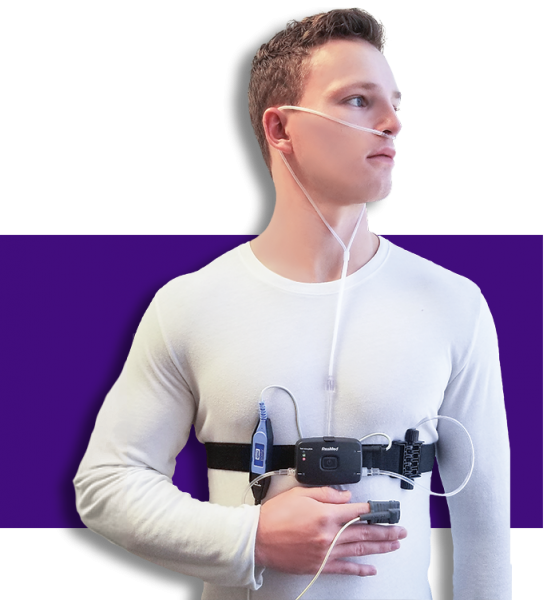
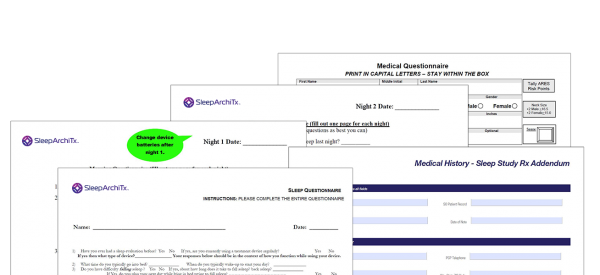
DON’T FORGET!
COMPLETE FORMS
As you are taking your test, complete the forms and return with the device.
Some Tips For You
Frequently Asked Questions
Yes. The device is fairly comfortable.
You will need to sleep with the ApneaLink Air device all night.
No. The device cannot get wet.
The device does not erase any information. After putting on the device and pushing the ON button (making sure all the lights are green), the device will begin to record. The recorded data will be analyzed, and it will be determined if certain data cannot be used or is invalid.
Once you begin removing the device, you will see red flashing lights. You can then follow the instructions provided on how to turn off the device.
No, the device only documents your respiratory nasal airflow, snoring, blood oxygen saturation, pulse, and respiratory effort during sleep.


